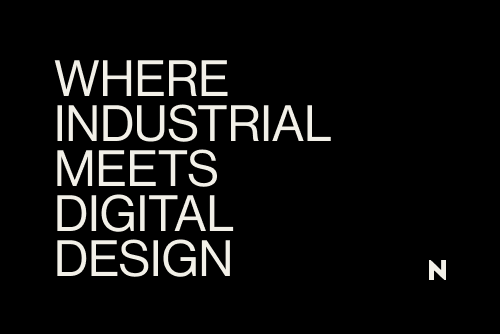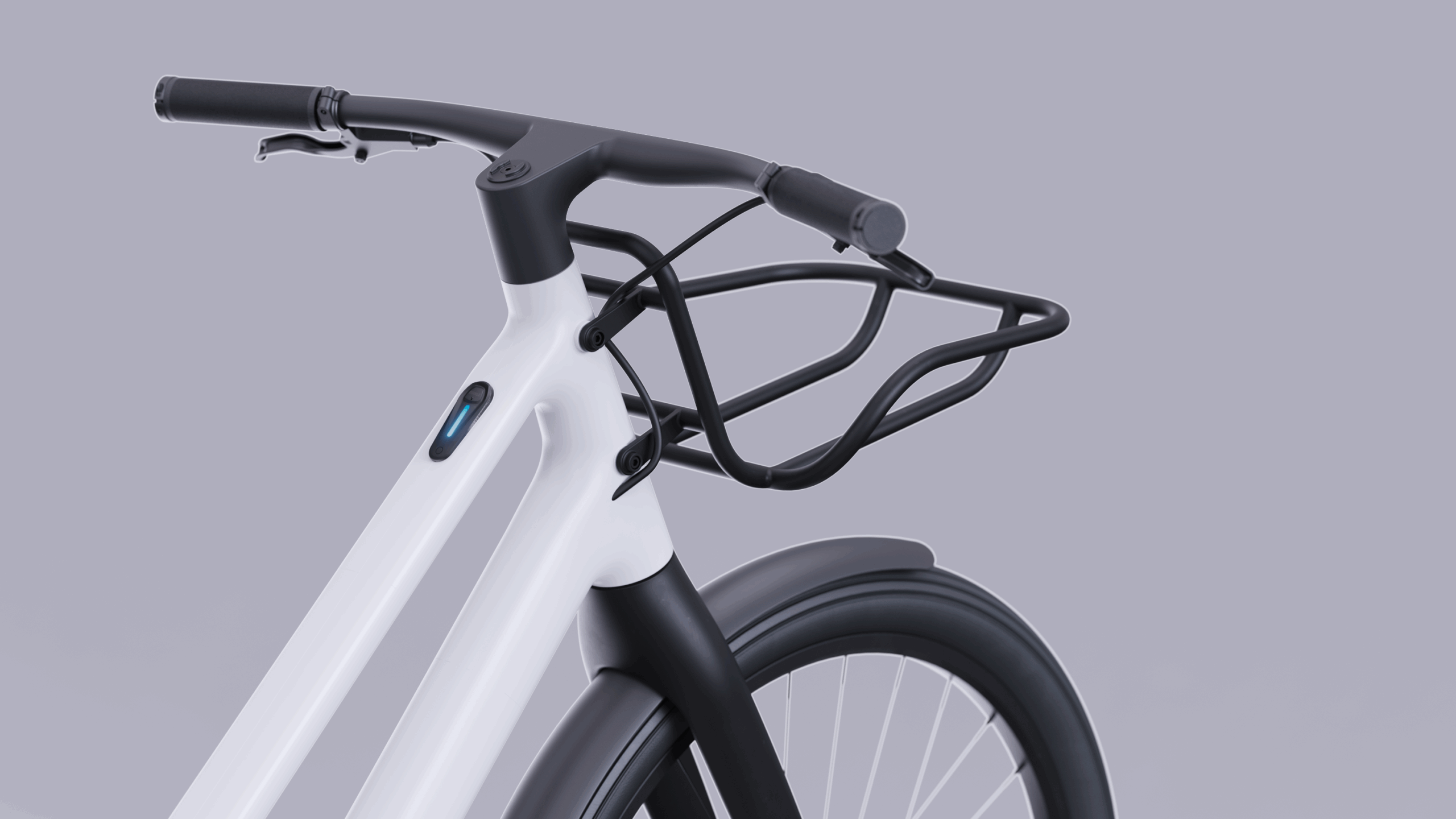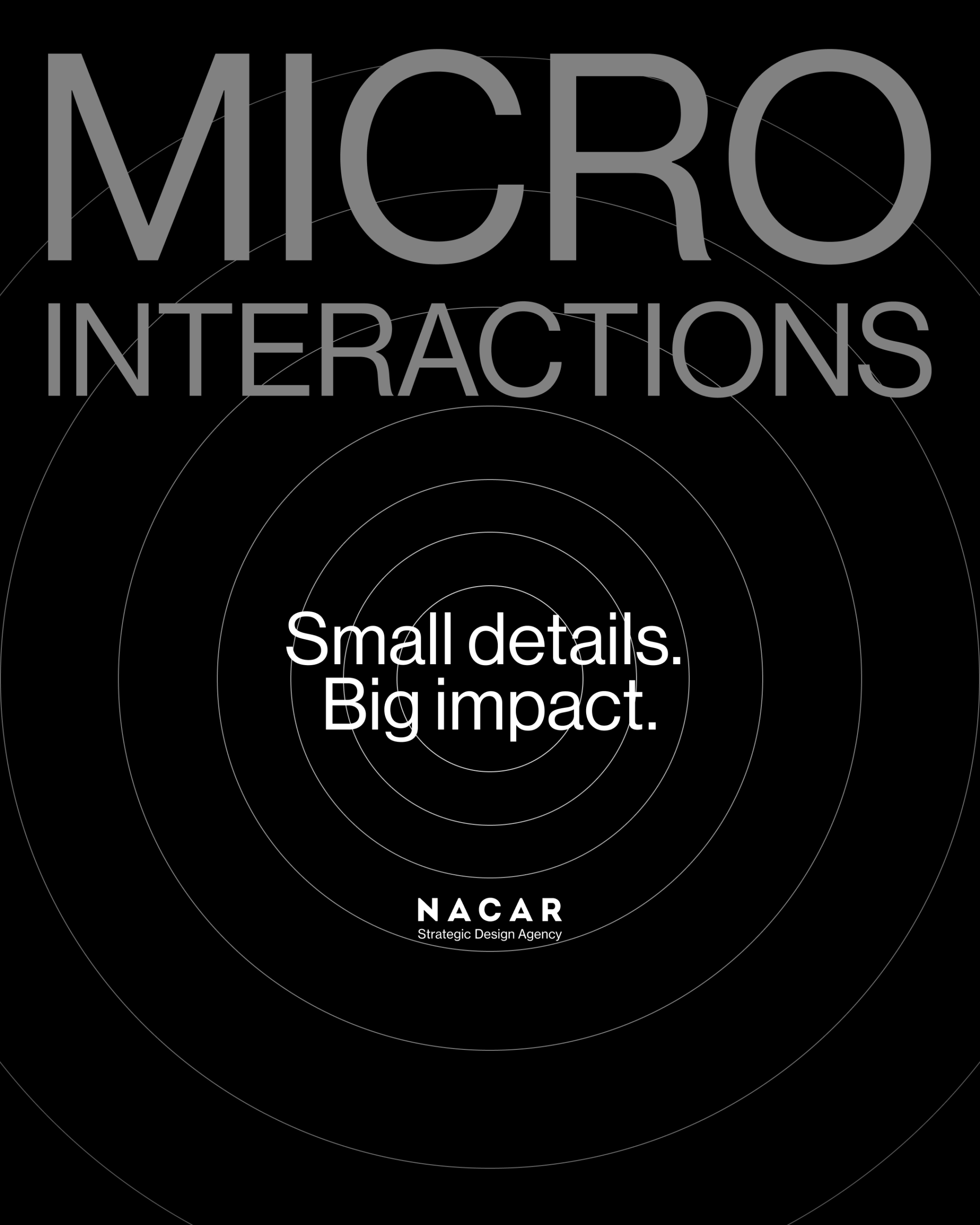
Echoes from Tomorrow: Human-Machine Interface Interaction
- Magda Piqué
The human-machine interface (HMI) is a technology that enables humans to interact with machines. HMI is used in a wide variety of applications, from industrial automation to mobile devices. In this post, we’ll explore how HMI is changing the way we interact with machines and transforming the industry.
HMI, or human-machine interface, has come a long way in recent decades. Initially, interfaces were basic, but today's HMI is more advanced, featuring touch screens, voice and gesture recognition, and other advanced technologies.
This evolution is making waves across various industries. In industrial automation, HMI controls and monitors production processes. In healthcare, it keeps tabs on patients' health, providing real-time updates for doctors. In mobile devices, HMI ensures an intuitive and user-friendly experience.
Now, let's dive into some key facts and figures about HMI:
- In 2020, the global HMI market was valued at $3.71 billion. Projections suggest a significant increase, hitting $7.24 billion by 2026.
- Human-machine interfaces (HMIs) are essentially terminals that let workers connect to industrial systems, often touch-screen displays. They play a crucial role in visualizing, monitoring, and controlling industrial processes from a single interface.
- Research highlights that poorly designed HMIs correlate with increased risk. Designing interfaces thoughtfully is vital for safeguarding both workers and assets.
- The digital revolution in manufacturing has introduced new ways to connect, monitor, and interact with industrial processes, and HMIs are adapting to incorporate these advances.
Looking ahead, the future of HMIs unfolds in four key directions: Intuitive control panels, On-machine applications, IIoT connectivity, and Mobile HMIs. These directions complement each other, paving the way for the next phase in HMI evolution.
Conclusion
HMI's recent evolution, including touch screens and advanced tech, impacts industrial automation, healthcare, and mobile devices. The global HMI market, valued at $3.71B in 2020, is projected to reach $7.24B by 2026. Poorly designed HMIs pose increased risks. The future focuses on Intuitive control panels, On-machine apps, IIoT connectivity, and Mobile HMIs.
Sources


Moulded thermoplastic composites; lightweight and recyclable. The BCPR project.
Admin
7 de August de 2025

How to Create Powerful Microinteractions
Admin
12 de March de 2025